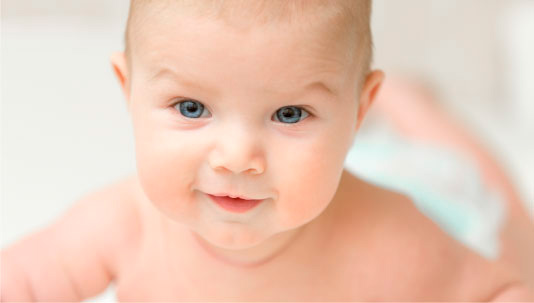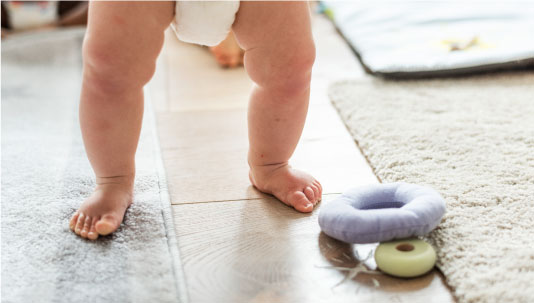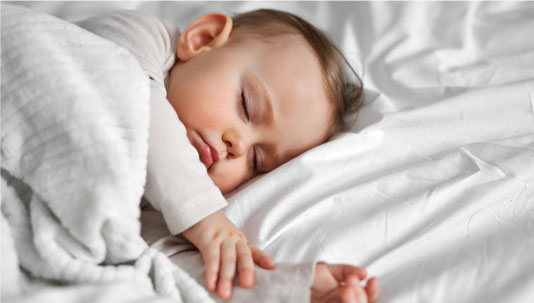Types of nappies: Which ones to choose?
There are different types of nappies for babies. In this article we are going to tell you about their features, uses and the advantages of each type.

Babies wear nappies continuously from when they are born to around two years of age. Therefore, it is important to know about the types of nappies that are available on the market, how often they need to be changed and how to look after our baby's skin.
Disposable nappies
Disposable nappies, mostly made of cellulose and a super-absorbent polymer, are the most widely used type of nappy today. Because they are very absorbent, they keep babies dry for longer, which is one of the reasons they are so popular.
Furthermore, these nappies are usually more hygienic than cloth nappies, as they are for a single use. Another reason why parents usually choose these nappies is because they are so convenient. They don’t need to be washed and are easy to change.
Although these nappies are apparently more practical, we do need to bear in mind that in the long-term they are more expensive, since during the first few months we need to change the baby's nappy quite often.
There is a wide variety of disposable nappies on the market, and we therefore need to bear in mind the age of our baby or toddler, his/her weight and needs, in order to choose the right nappy that best adapts our baby.
We therefore recommend reading the label and instructions before choosing a nappy.

Cloth nappies
Reusable nappies have evolved greatly in recent years. They are mostly made from cotton or flannel, both of which are breathable fabrics that do not cause irritations or allergies on babies’ skin, and are more breathable.
They are usually presented as the most sustainable option, since they are reusable and by using them we can avoid lots of disposable nappies that eventually end up at landfill sites.
This option can also work out cheaper, although it is important to bear in mind that they involve more work, and consumption of water and energy as they have to be washed frequently.
We should also know that cloth nappies are less absorbent than disposable nappies.

Eco nappies
Eco nappies look and work the same as disposable nappies, but they are made from biodegradable, organic fabric. They are usually compostable and recyclable, and do not contain chemicals.
The main advantage of these nappies is that they are less harmful to babies’ skin than disposable nappies. Since they do not contain chemicals, alcohol or fragrances, they tend not to cause rashes, chafing or other discomforts which traditional nappies often cause.
Of course, they are more environmentally friendly too, because they do not contain any plastic and they decompose faster.
It could be said that these nappies combine the advantages of disposable and cloth nappies, and they are therefore a good choice for families who are always rushed, but who are environmentally conscious.

Night nappies and swimming nappies
Nappies for specific uses such as night nappies and swimming nappies are also available, which may be disposable or reusable.
Night nappies are more absorbent than the nappies we put on our babies during the day, and they are also more flexible so that they adapt to the baby’s or child’s position while they are asleep.
Swimming nappies, on the other hand, do not absorb liquids and therefore they do not swell when they get wet. Furthermore, they usually have leakproof elastic around the edges to avoid any leaking in the water.
Now that you know about the different types of nappies that there are, you just need to choose the ones that best adapt to your needs and those of your baby. Whichever nappy you choose though, we do recommend using fragrance-free moisturising cream to look after the skin on your baby’s bottom. You don’t need to put cream on after every change. Two or three times a day should be enough. We also recommend leaving your baby without a nappy for a few minutes between changes, just to allow the area of skin to breath a little.

What do you think about?
Share comments, opinions and tricks with the Community







